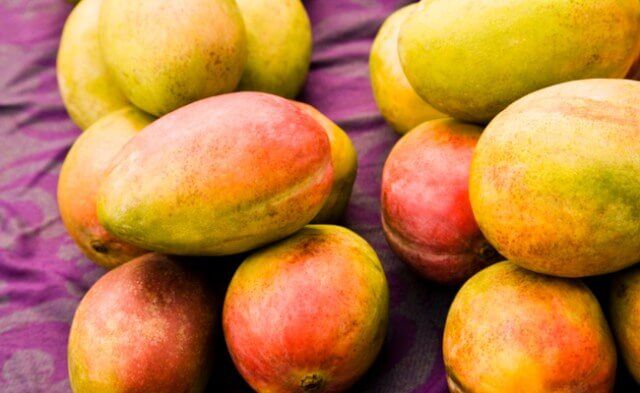
Millions of African smallholder farmers who grow fruits and vegetables for export have lost market access as flights are canceled and borders restricted around the world due to the COVID-19.
This is according to the Impact of Coronavirus on Africa’s Agriculture April 2020 report released by Selina Wamucii, a company that acts as a platform for food and agricultural produce from Africa’s agricultural cooperatives, farmers’ groups, agro-processors and other organizations that work directly with family farmers across 54 African countries.
The report gives the most-recent and ground-up perspective on how the pandemic is affecting African farmers.
It says that farmers in Morocco, Kenya, and South Africa are the most affected countries in Africa.
The global disruption of supply chains is also affecting the import of agricultural inputs such as seeds, fertilizers, and insecticides.
According to John Oroko, CEO of Selina Wamucii, intra-Africa trade is around 2% while exports from Africa to the rest of the world range from 80% to 90% of total exports, of which a huge share is made up of agricultural produce.
“The COVID-19 pandemic has unfortunately come at a time when our farmers depend largely on exports to markets outside the continent and also before the commencement of trading under the African Continental Free Trade Area (AfCFTA) that was scheduled to commence on July 1, 2020, thereby creating a single continental market of more than 1.3 billion people. Now, unlike no other time, we can see a demonstration of why the success of the African Continental Free Trade Area will be directly linked to securing the livelihoods of African farmers in the future,” says Oroko.
“COVID–19 is severely disrupting trade in key markets for Africa’s agricultural produce and African farmers are bound to experience a nightmare in export market access.”
African farmers are a relatively elderly demographic and 70% of Africa’s food is currently produced by women, who are also primary caregivers across many of Africa’s rural regions. This means that a key segment of the farmers in the region is also at a higher risk of contracting COVID–19.
Morocco tops the list of African countries whose agricultural exports face the highest risk largely due to the country’s over-reliance on the European market given its close proximity and well-established traditional trading ties. In 2018, Morocco’s FFV (fruits and vegetables), fish, seafood and cut flowers, worth $3,024,724,000 was exported to the European Union, translating into over 78% of the FFV, fish, seafood and cut flowers worth $3,846,083 exported by Morocco to the rest of the world in that year.
Kenya’s agricultural exports also face a great risk mainly due to the over-reliance on fresh-cut flower exports, the bulk of which end up in the European Union. Additionally, over 50% of Kenya’s FFV exports and nuts go to the European Union and China, which are markets that have already been shaken up. In 2018, Kenya’s FFV and nut’ exports worth $223,113,000, out of the total $482,559,000 exported, went to European markets.
Before the COVID–19 pandemic, farmers in Kenya and other East Africa countries were already suffering severe locust invasion and now COVID–19 has worsened the situation.
While the agricultural production in South Africa has not been adversely affected by the Coronavirus pandemic, logistics and border restrictions are likely to affect South Africa’s agricultural exports. The country has closed 35 land borders and two seaports. Coupled with the fact that the county also has prohibited crew changes in all of its ports amidst a looming container shortage, the export volume is bound to go down especially for fish, seafood and fresh vegetables.
Other African countries that will experience significant drops in the FFV, fish and seafood exports are, in order of the projected severity are Tunisia, Senegal, Cameroon, Uganda, Mauritania, Tanzania, and Egypt













